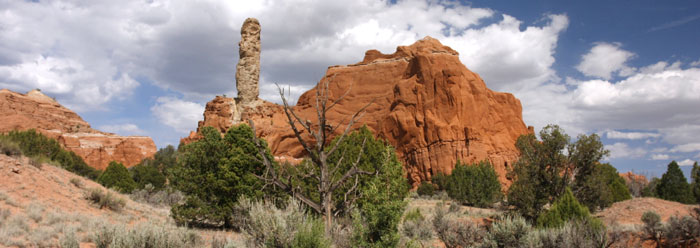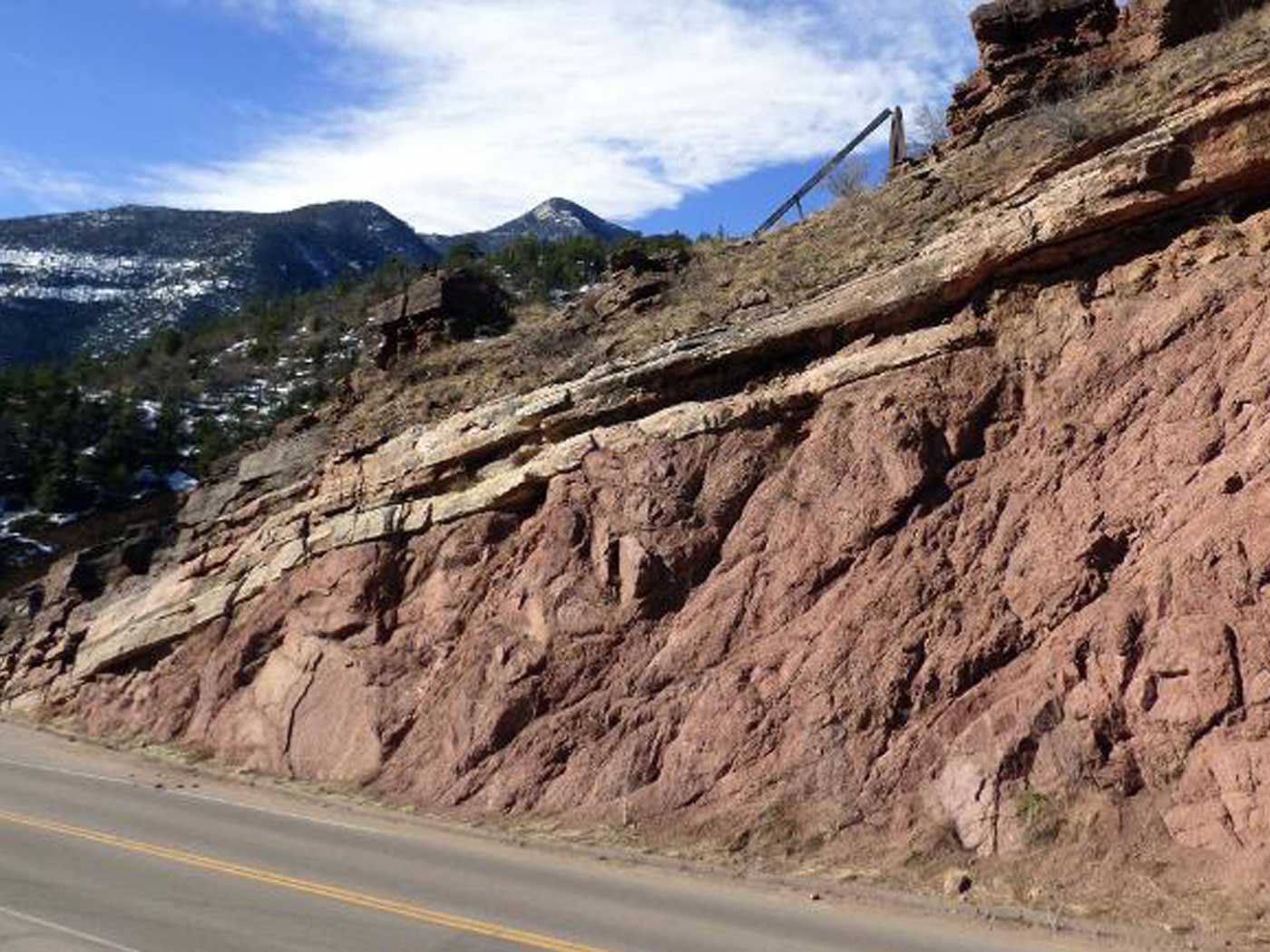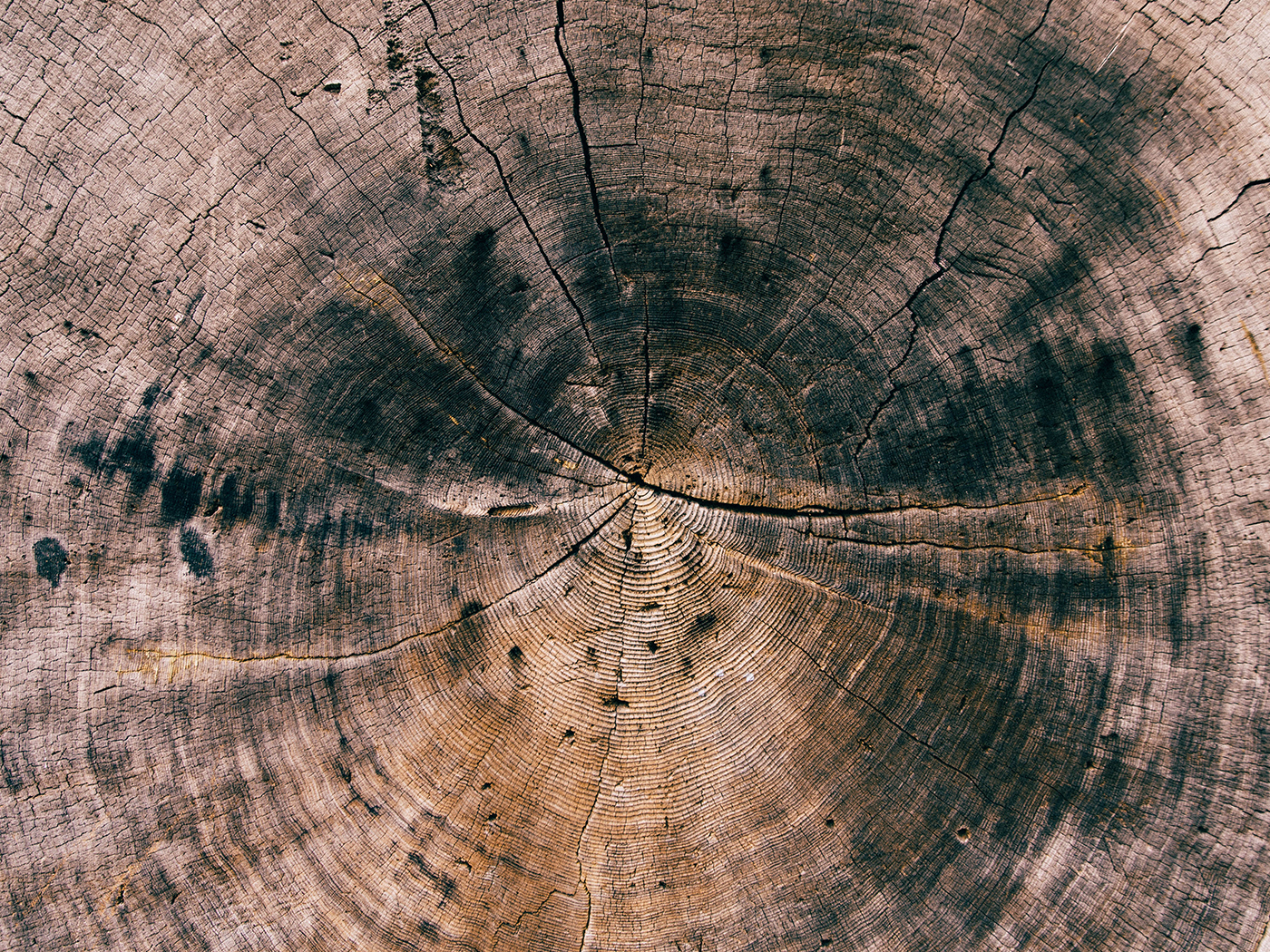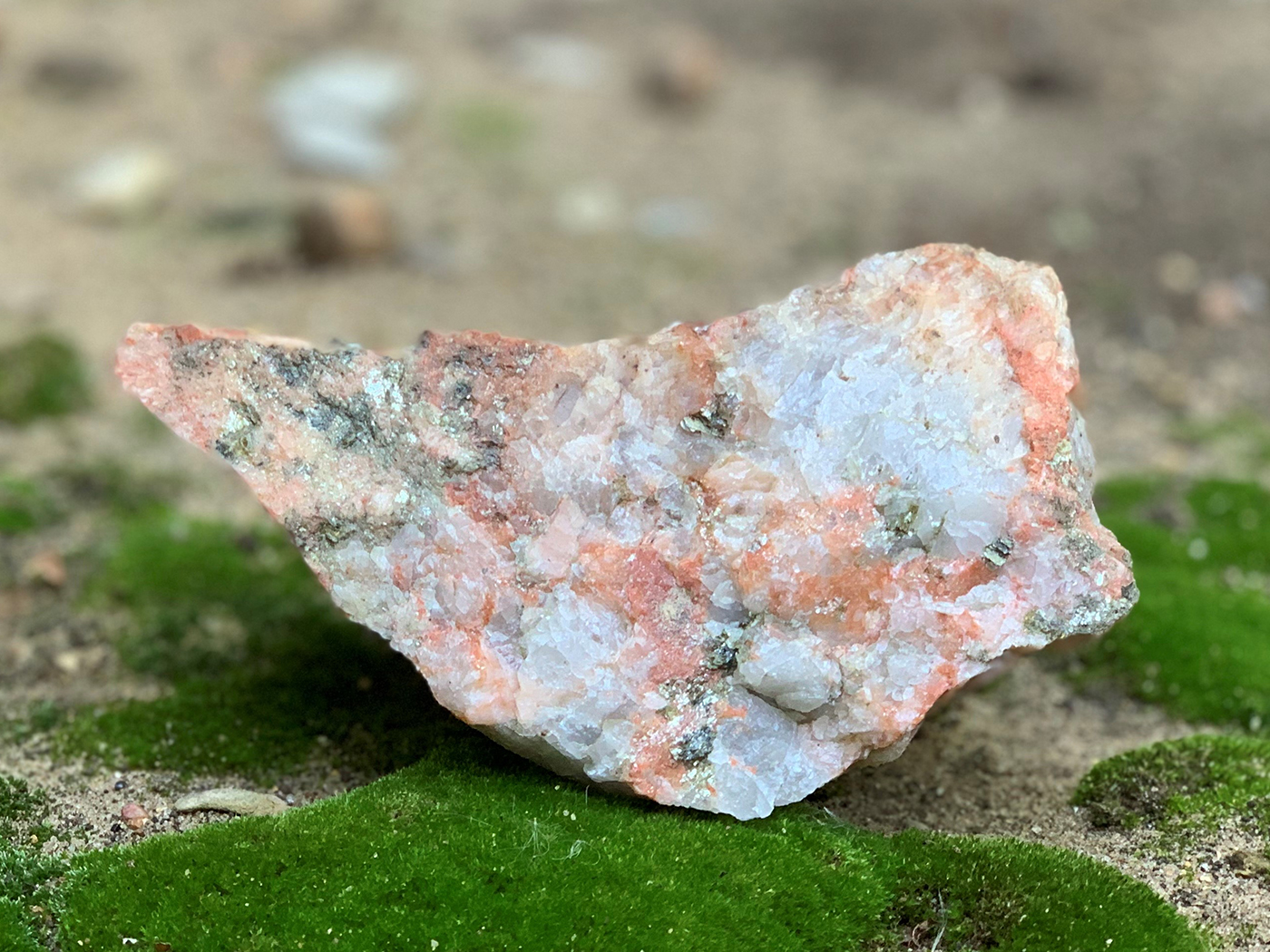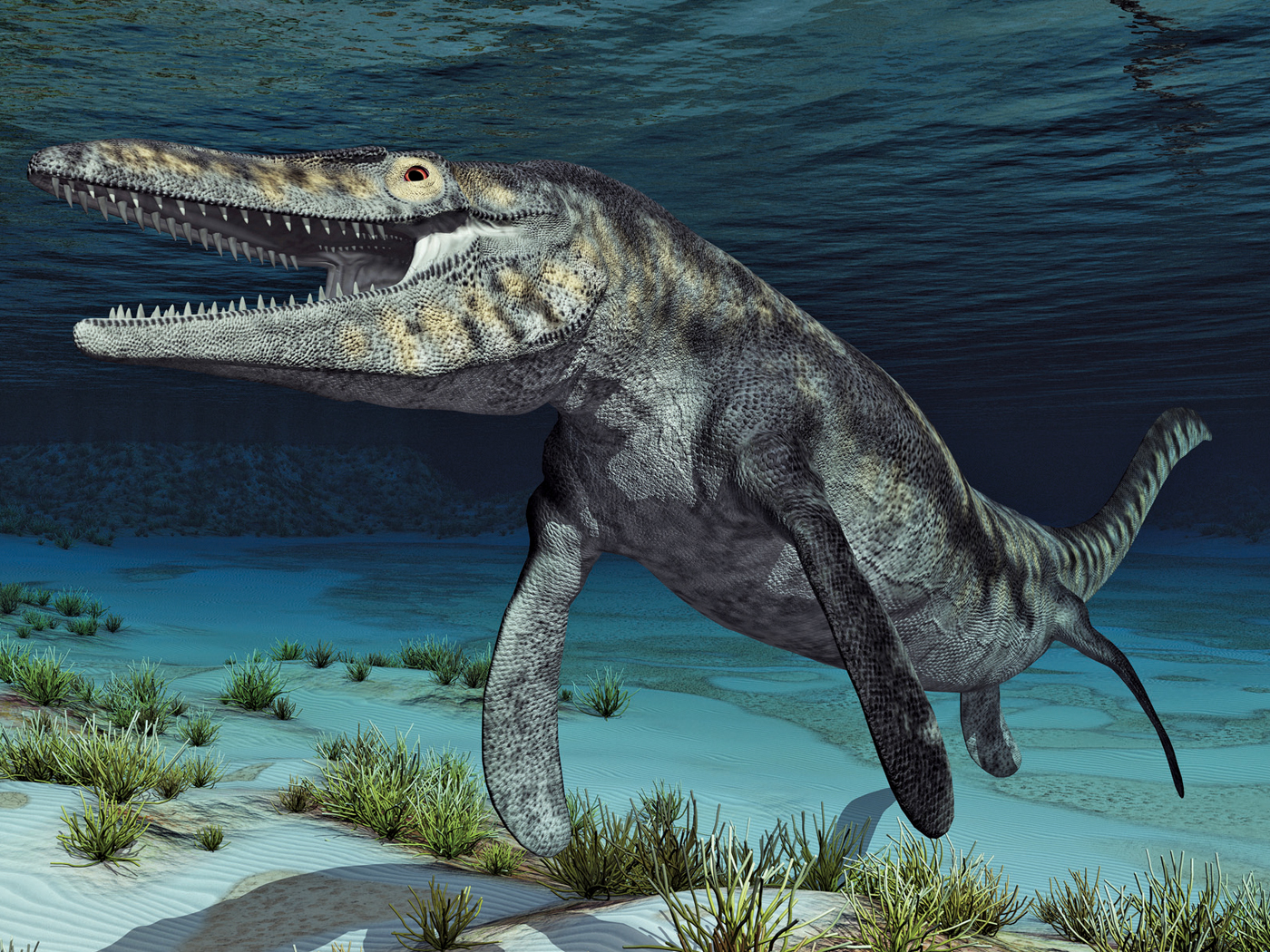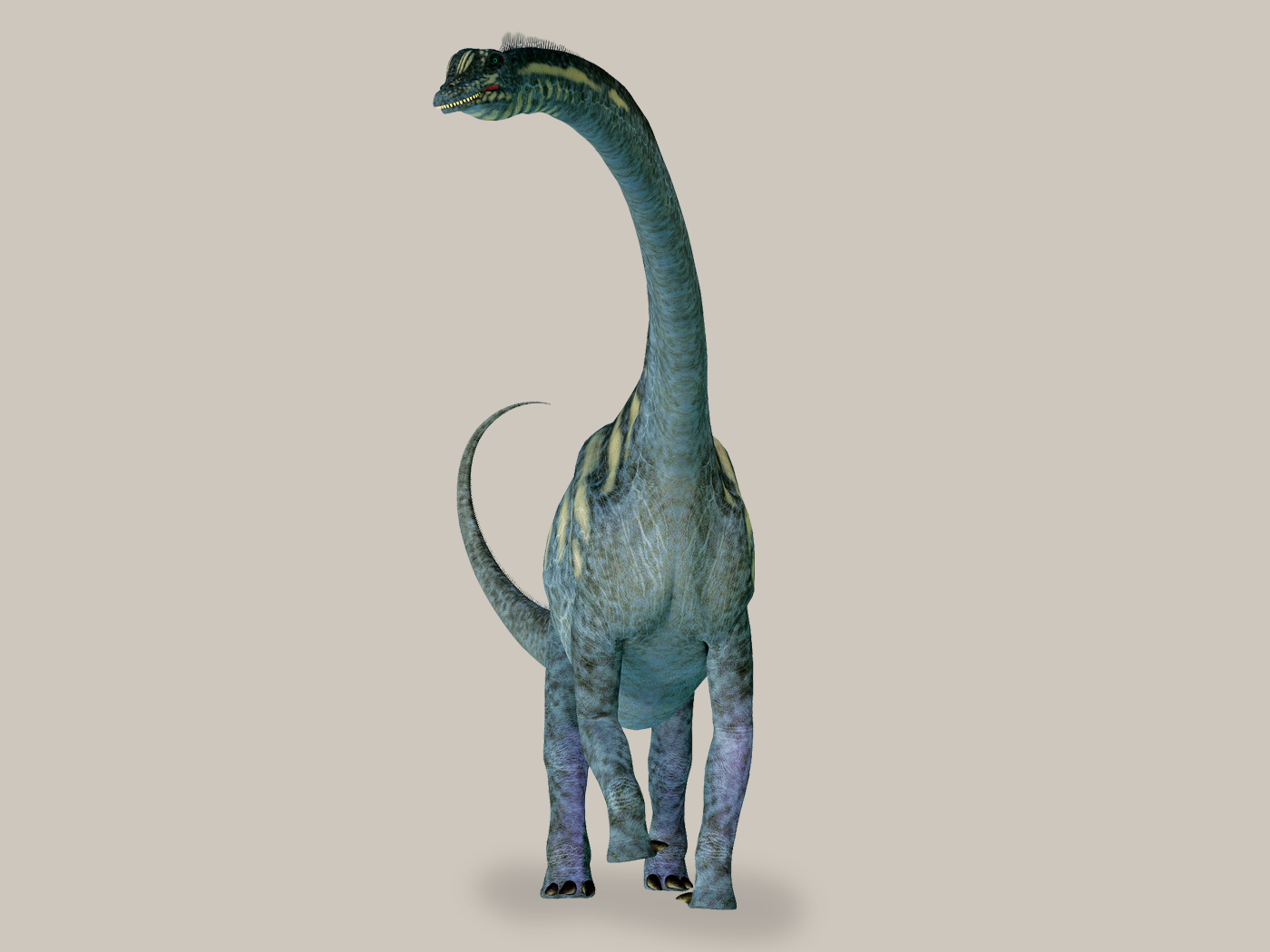Rocks and fossils do not come with labels informing us of their age. They must be understood in light of their geologic context, and interpreted within a worldview. Unfortunately, my evolutionary colleagues are often so dominated by uniformitarian brainwashing they can't objectively understand young-Earth evidence. Nevertheless, some of the evidence is clear and open for all to see.
One such clear piece of evidence is in Kodachrome Basin State Park in Utah. Named by a former director of National Geographic magazine for its photographic beauty, it can be found near the better-known Bryce Canyon National Park. Here one can see numerous clastic "pipes" rising many feet into the air.
A clastic rock consists of eroded fragments of a previous rock. For instance, sandstone consists of sand grains, usually derived from a previously existing granitic source. When sand grains are deposited and cemented together it becomes a sandstone. These clastic pipes are sandstone, nearly identical with a deeply buried sandstone source.
Evidently a tectonic event fluidized an unconsolidated sand deposit, and squeezed it up like toothpaste into piercements in the overlying rock. Once emplaced as a liner "dike," or in this case a vertical "pipe," it hardened into resistant rock. Eventually the surrounding, more easily erodable rock was washed away, leaving only a vertical pipe.
The timing of the deposition, squeezing, and erosion provides the young-Earth argument. According to conventional dating methods, the pipes squeezed up some 150 million years ago, but the source sandstone bed is 175 million years old. Thus, the mother bed remained soft and unconsolidated for 25 million years before it squeezed up.
In the presence of a cementing agent to bind the grains together, which both the source and daughter pipes have, loose sand can harden into a sandstone in a short time, perhaps just years. The fact that the pipes exist at all is evidence that little time passed between deposition and squeezing. Thus, the millions of years postulated by old-Earth advocates never happened.




